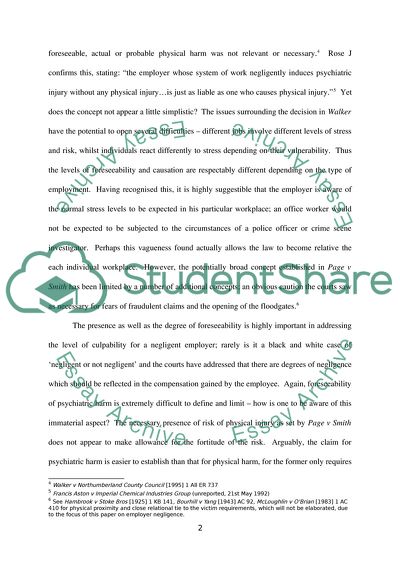Cite this document
(“Voluntary Assumption Of Tort Liability In English Law Case Study”, n.d.)
Voluntary Assumption Of Tort Liability In English Law Case Study. Retrieved from https://studentshare.org/law/1562107-tort-essay-the-assignment-on-the-attachment
Voluntary Assumption Of Tort Liability In English Law Case Study. Retrieved from https://studentshare.org/law/1562107-tort-essay-the-assignment-on-the-attachment
(Voluntary Assumption Of Tort Liability In English Law Case Study)
Voluntary Assumption Of Tort Liability In English Law Case Study. https://studentshare.org/law/1562107-tort-essay-the-assignment-on-the-attachment.
Voluntary Assumption Of Tort Liability In English Law Case Study. https://studentshare.org/law/1562107-tort-essay-the-assignment-on-the-attachment.
“Voluntary Assumption Of Tort Liability In English Law Case Study”, n.d. https://studentshare.org/law/1562107-tort-essay-the-assignment-on-the-attachment.


